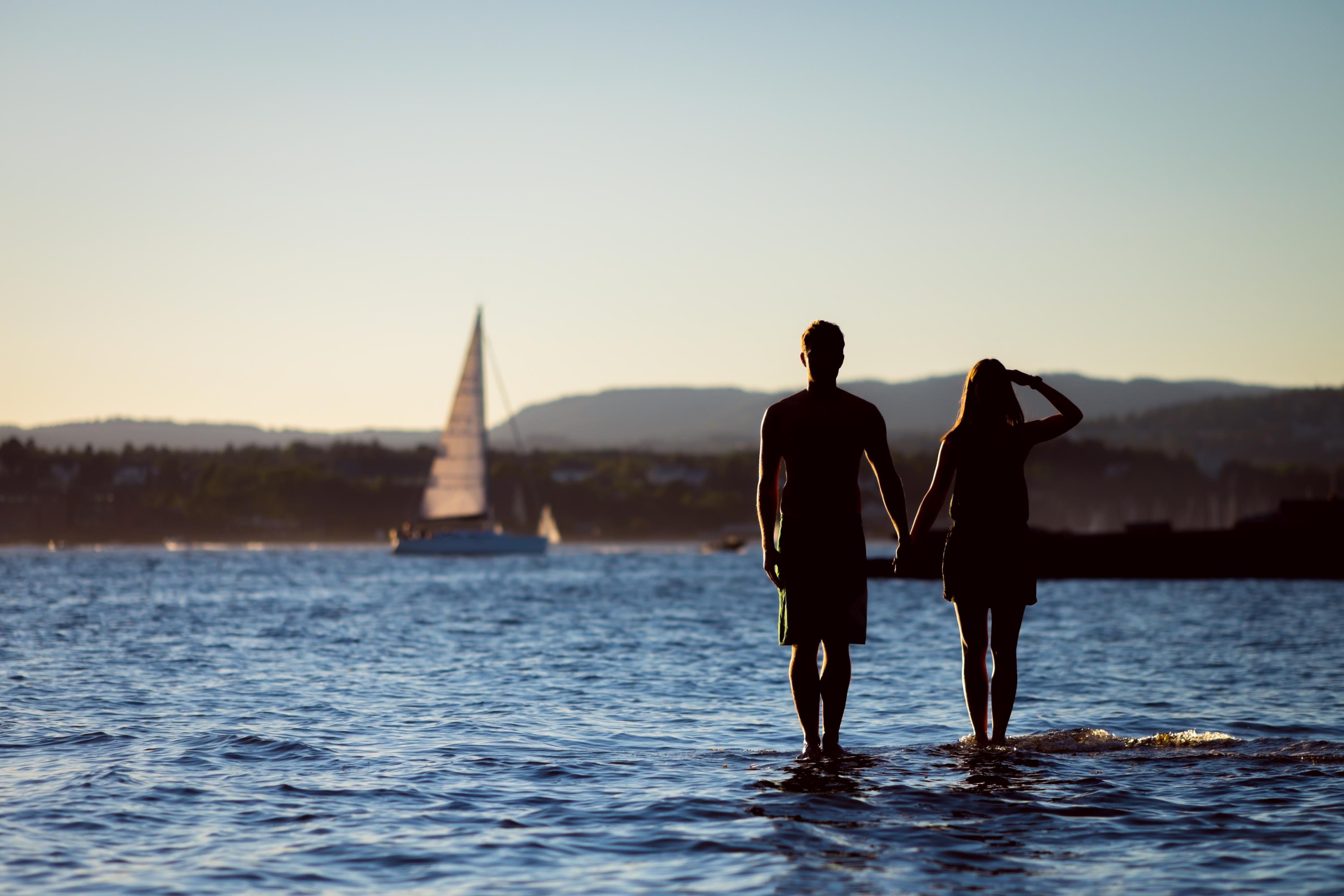
HOW TO REPORT A BOATING ACCIDENT
No one can detail everything but here's a fairly comprehensive guide of steps to take if you get in an accident on the water.
Reporting a boating accident is not just the right thing to do, it is a requirement. Make sure you know the right procedures for reporting a boating accident.
While no one wants to think about having a boating accident, it does occur. The requirements for reporting an accident vary from state to state, but there are some basic rules of thumb that can help you figure out whether you have had an accident that should be reported. If you have, not reporting a boating accident is a criminal offense.
Some Guidelines for Reporting a Boating Accident
Once a boating accident has occurred, it is the responsibility of the boat operator to file a report on the incident. A written report must be made to the state agency that covers boating, the U.S. Coast Guard, or both, depending on the situation. If a passenger died within 24 hours after the accident or if someone involved in the accident required medical assistance beyond first aid, the report must be filed within 48 hours. If there was only damage to the boat and/or other property, the report must be filed within 10 days of the accident. Not filing a report is a crime.
What Information is Required?
A number of specific details are required when filling out a Boating Accident Report (BAR), including the name of the boat operator and where the accident occurred. Detailed information about the boat and information on all passengers, reported losses including injuries, loss of life, and property damages must be gathered to put on the report.. In addition, a summary of the incident is required, including date, time, place, people involved, and a description of the accident
Who is Responsible?
Reporting a boating accident begins the process of finding out who is legally responsible and therefore liable for the damages caused by the accident. In some cases, no one is at fault. In others, however, this is not the case. A person is responsible for the accident if they acted negligently. This is usually judged by whether or not they behaved as a reasonable boater would have in similar circumstances. If they did not follow all safety rules and precautions, then a jury may find them liable.
Penalties for Boating Accidents
If a person is judged liable for a boating accident, they may have civil liability, criminal liability, or both. The liable party may be sued for medical expenses, wrongful death, property damages, or other losses. In addition, the state can bring criminal charges if the boater was boating under the influence (BUI). The operator may also be criminally liable if he or she was operating the boat recklessly or with gross negligence. These charges can result in large fines and/or jail time if the boater is convicted.
Boating Accident Attorneys
If you have been involved in a boating accident, it is a good idea to consult a boating accident attorney. These attorneys are personal injury attorneys who specialize in boating accidents and maritime law. They can advise on how to determine compensation for damages or losses. It is best to avoid making statements or signing anything related to an accident, particularly admissions of guilt, until after consulting a qualified attorney. This helps to protect your legal rights